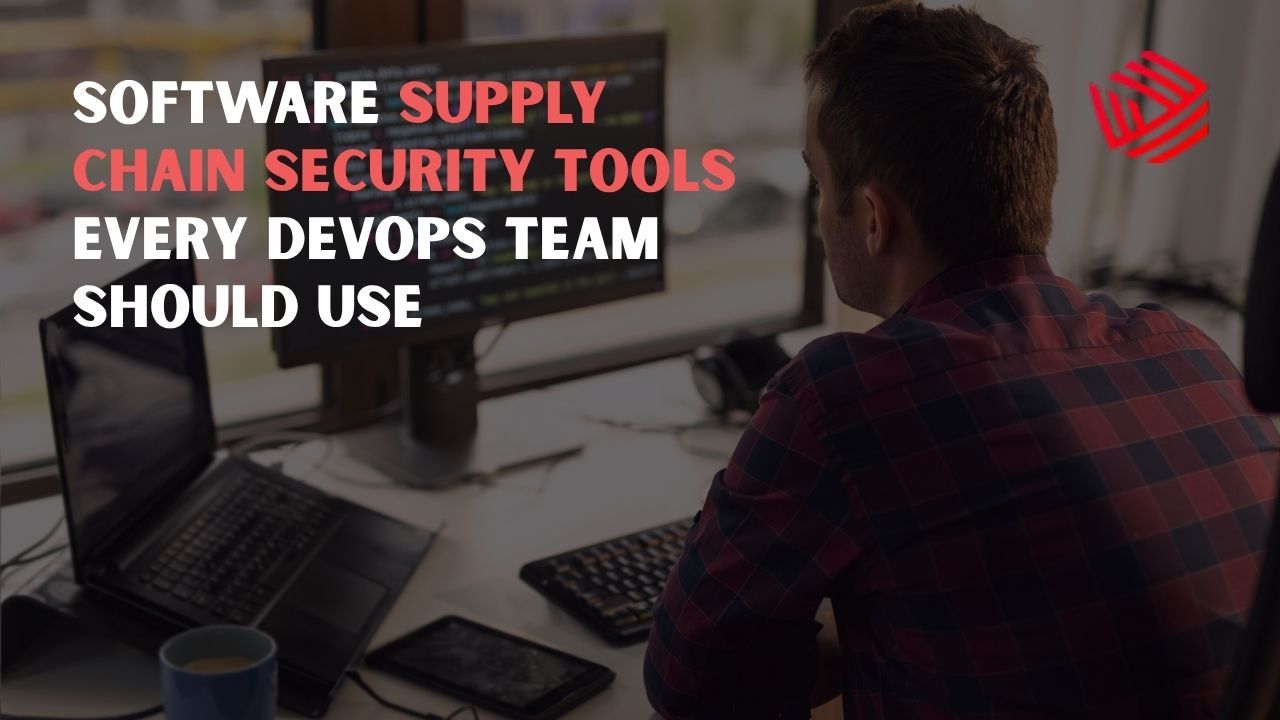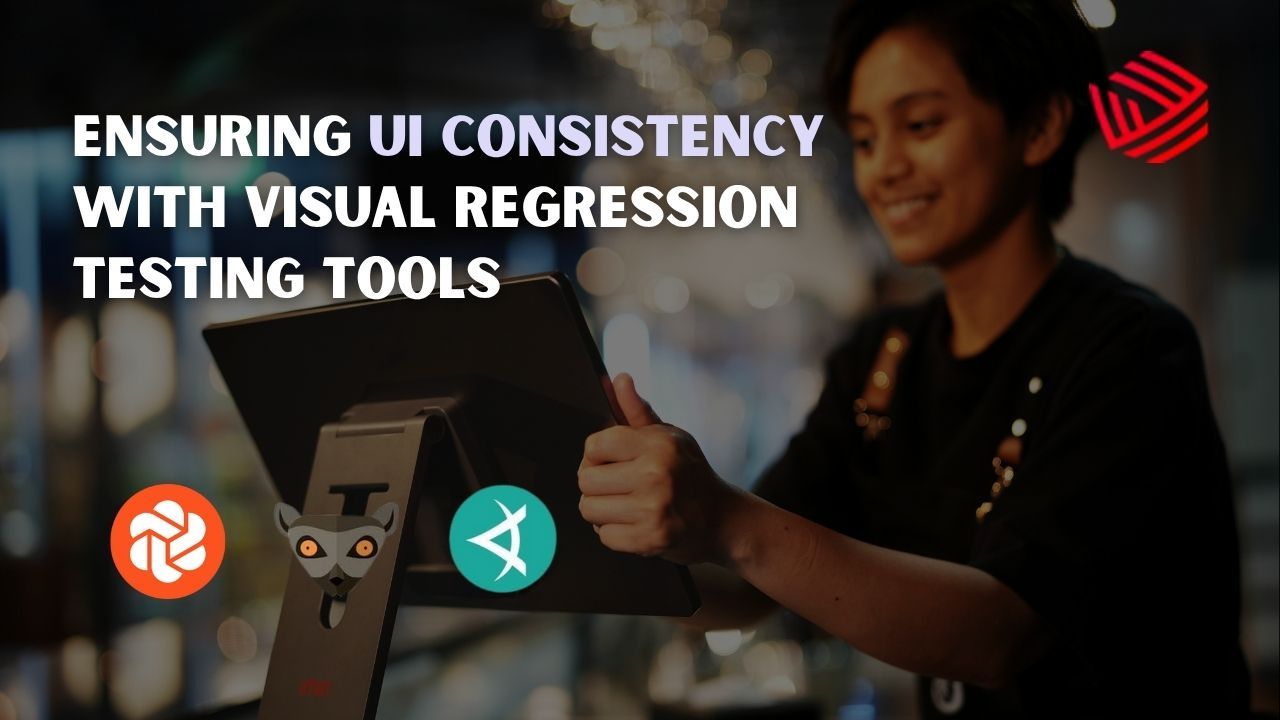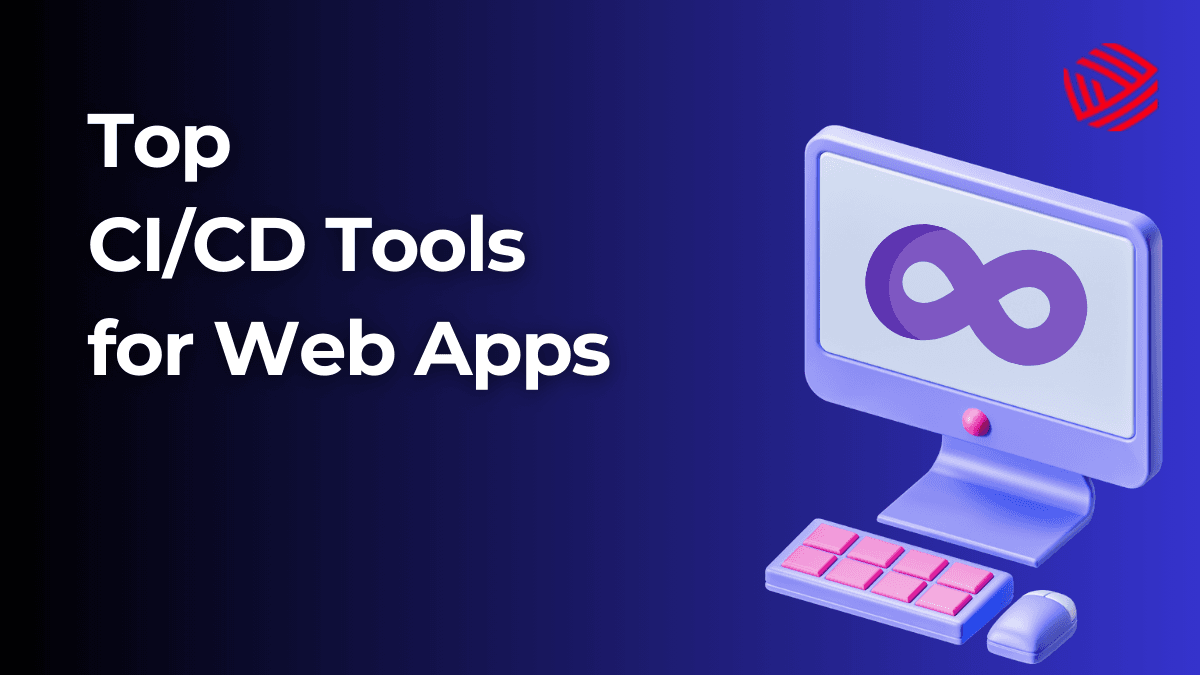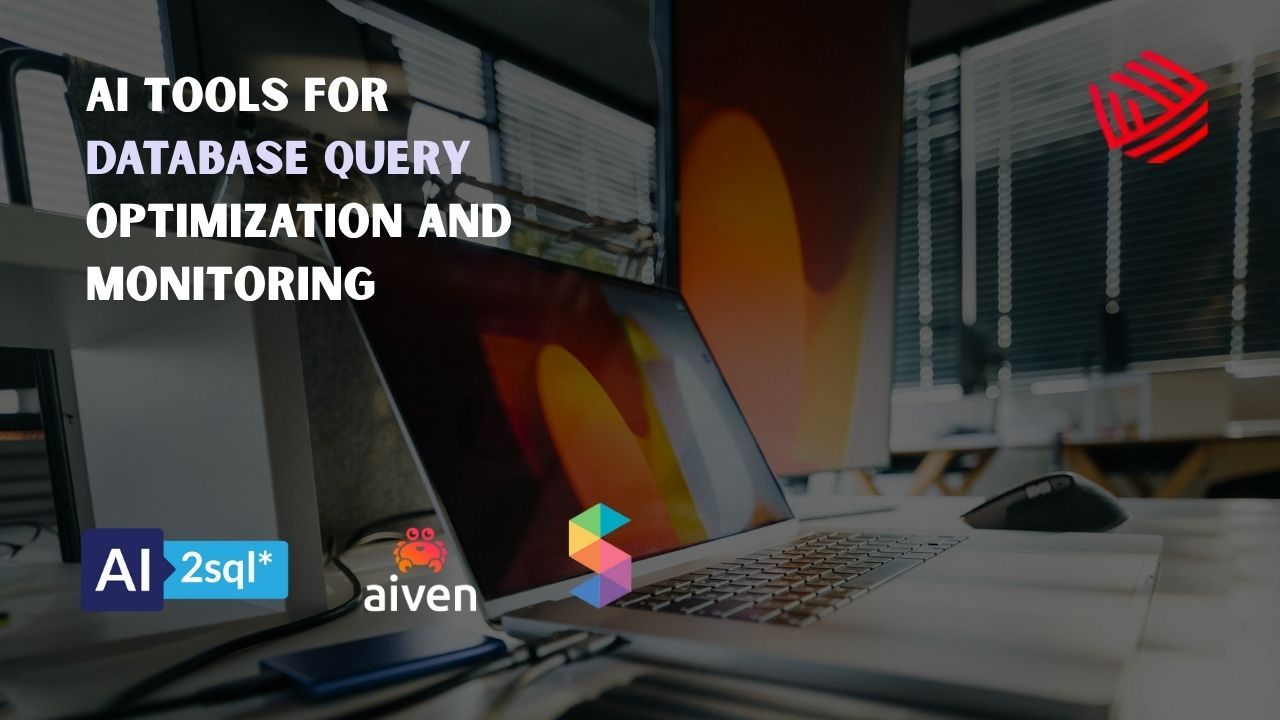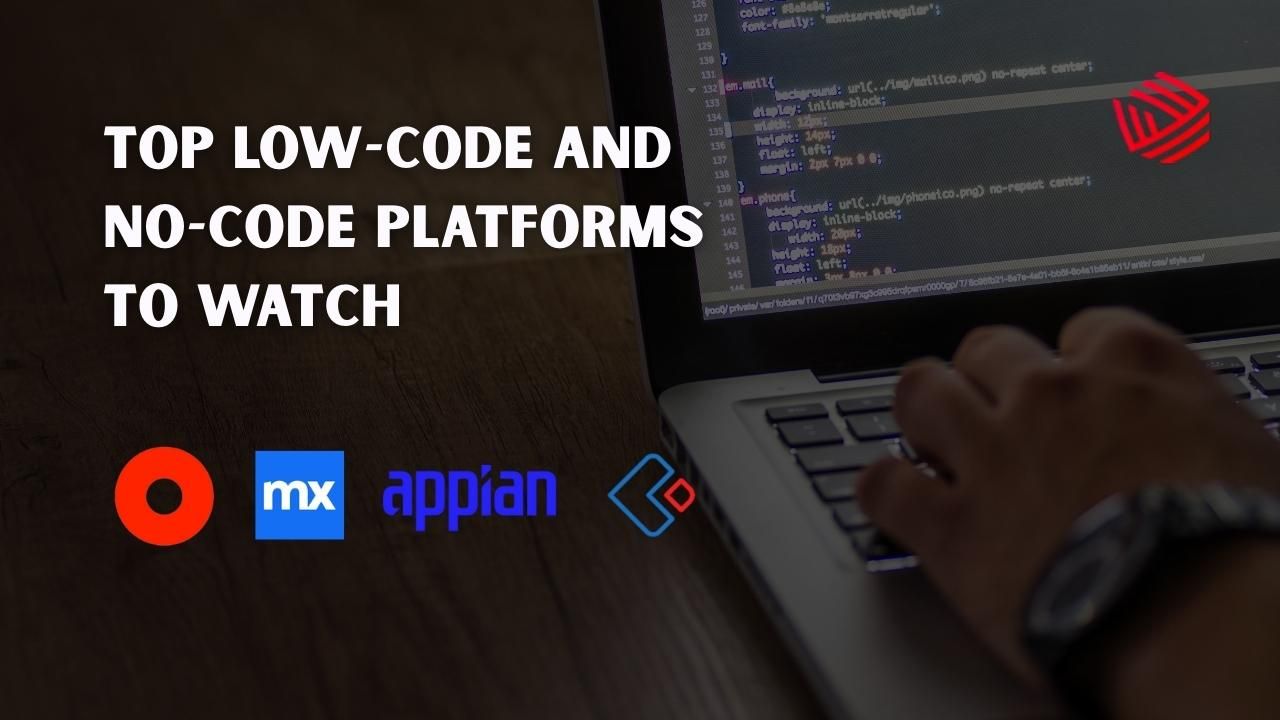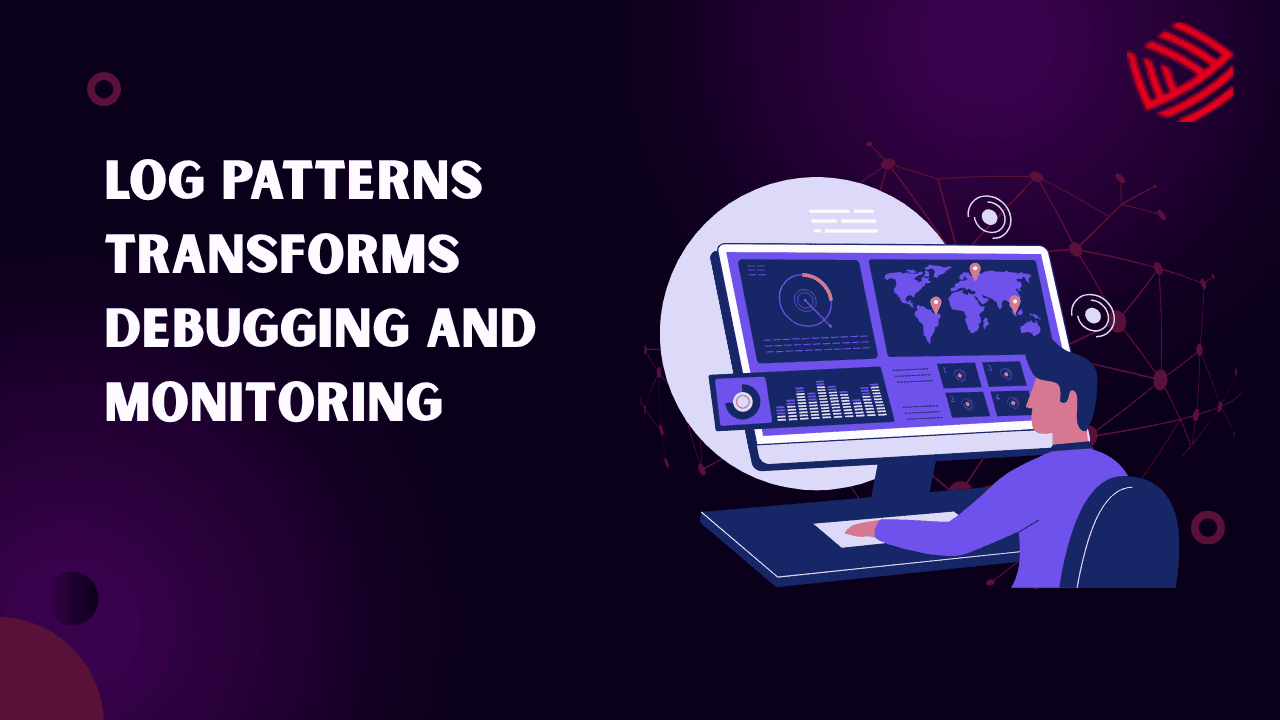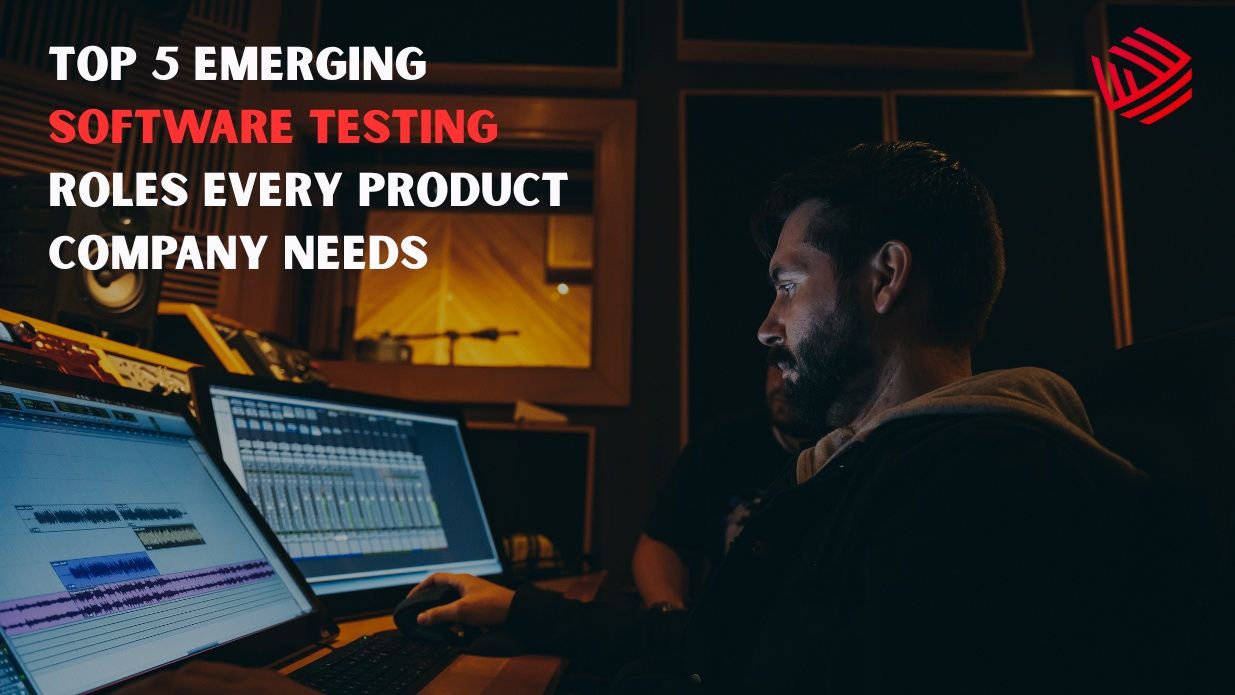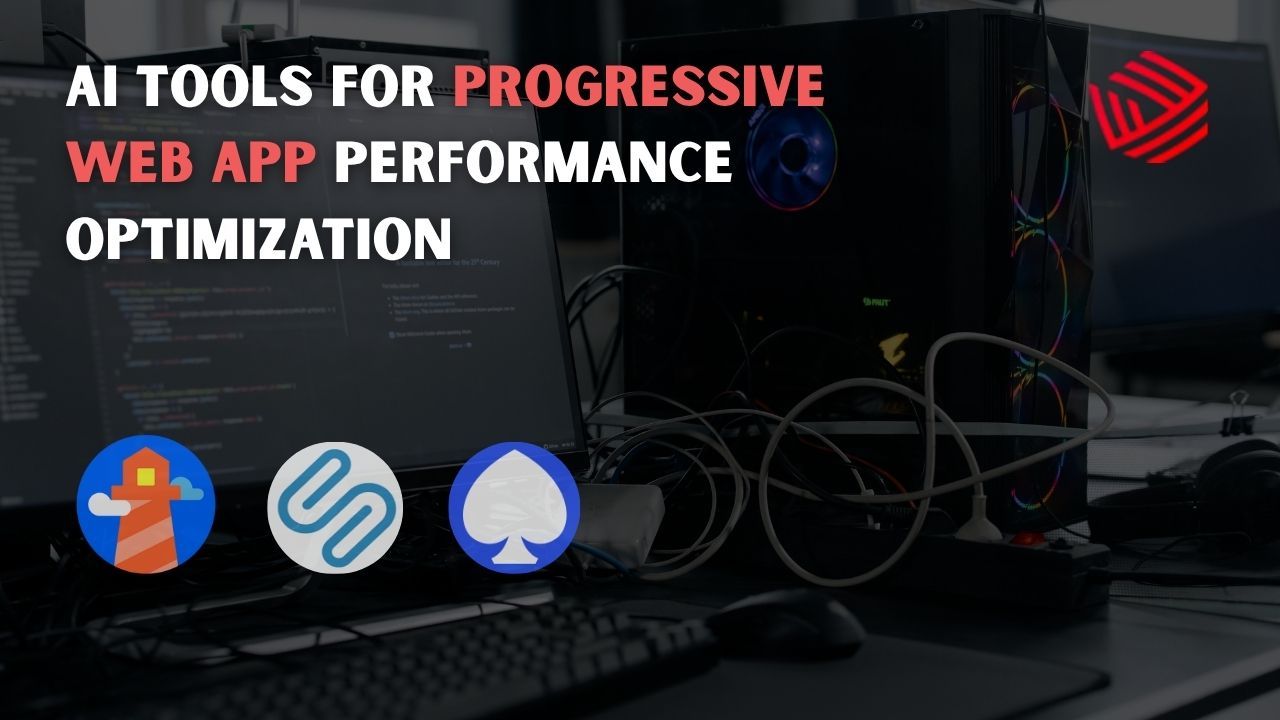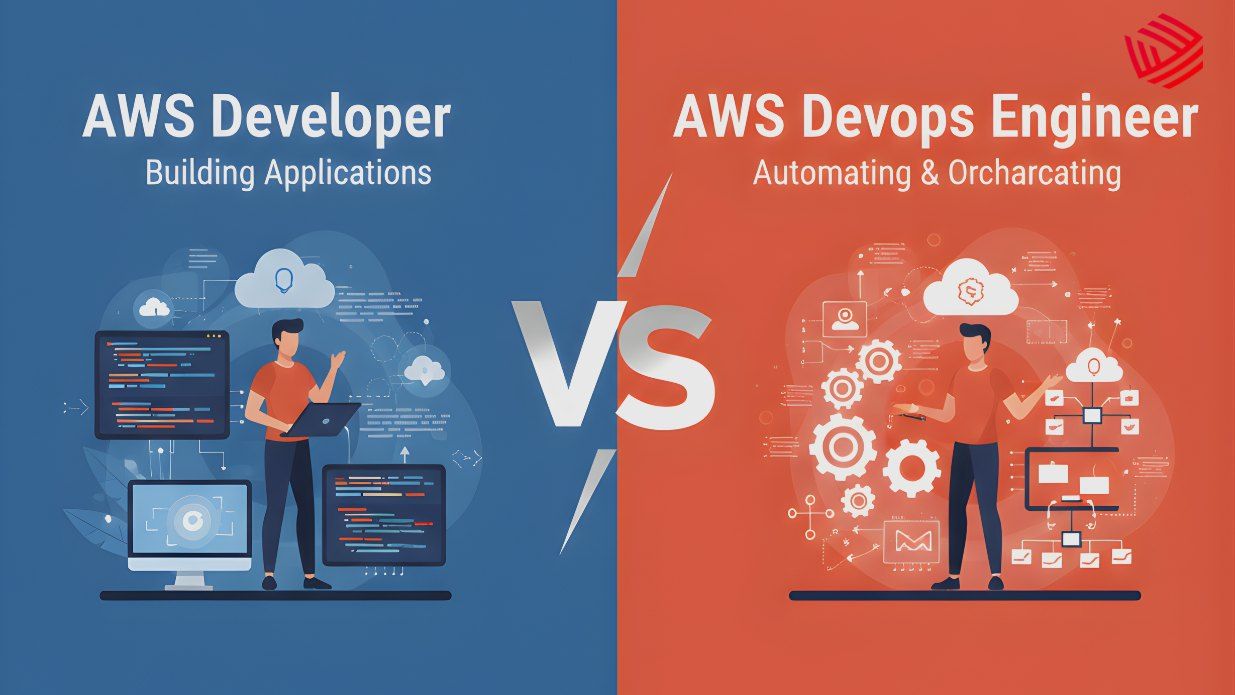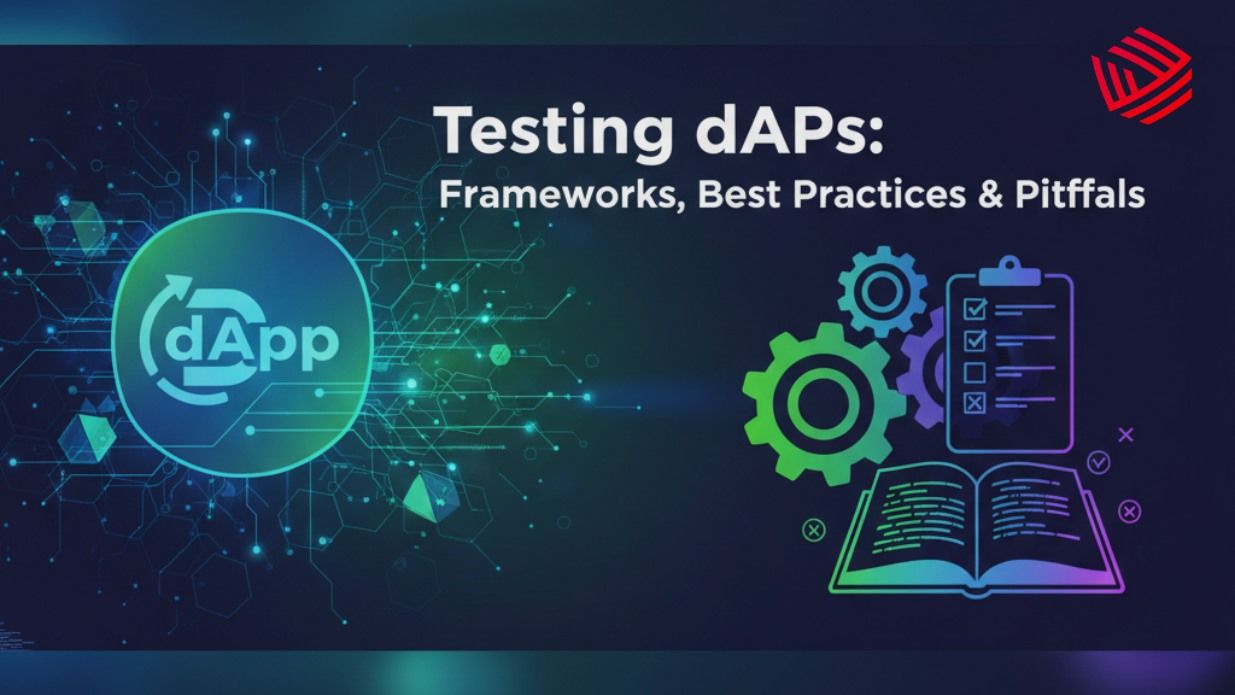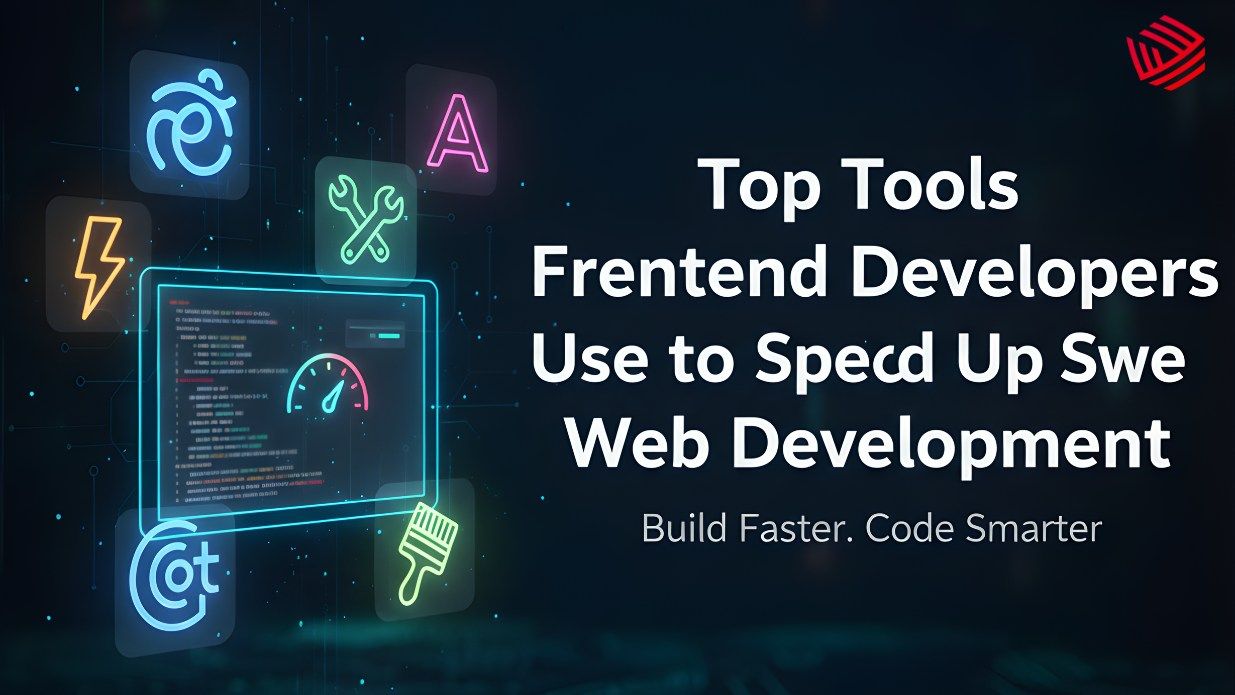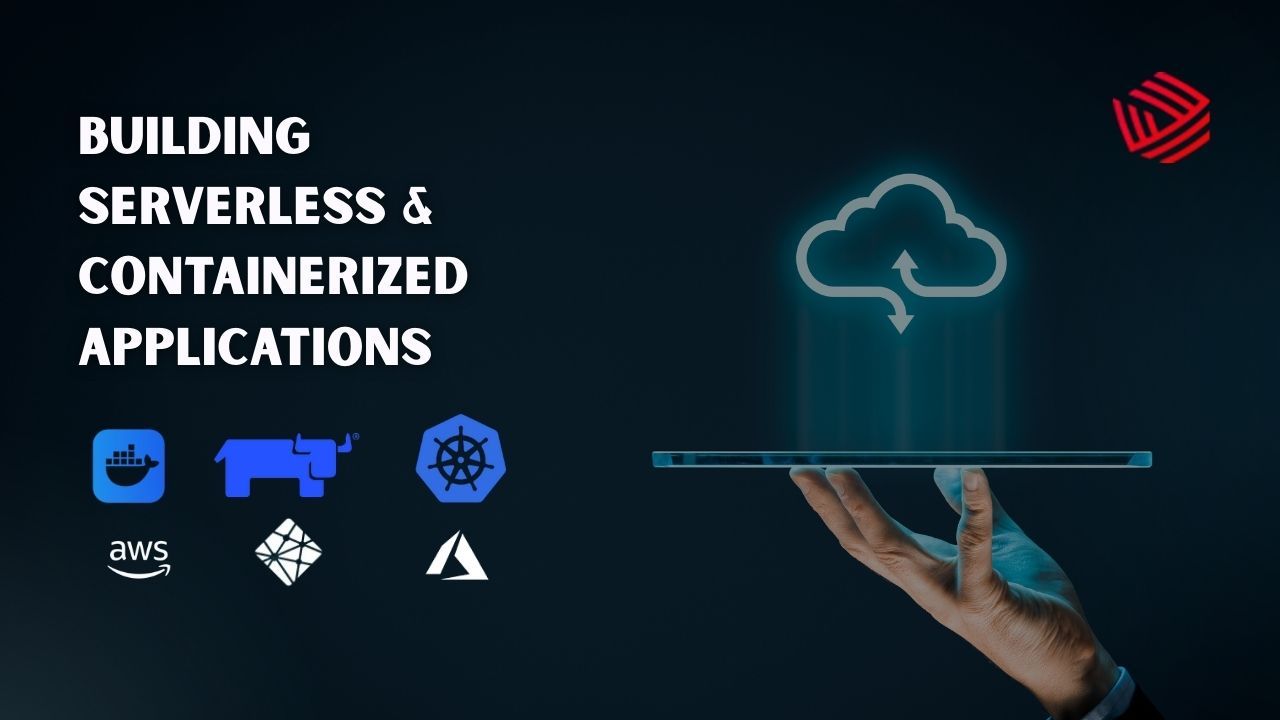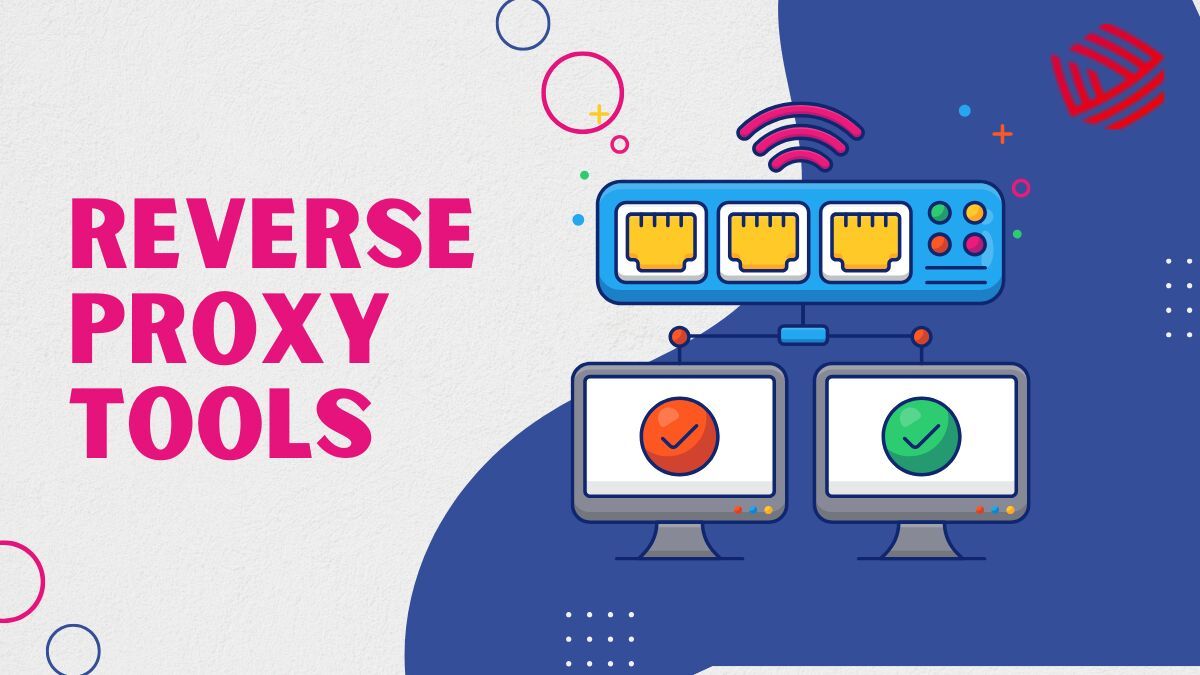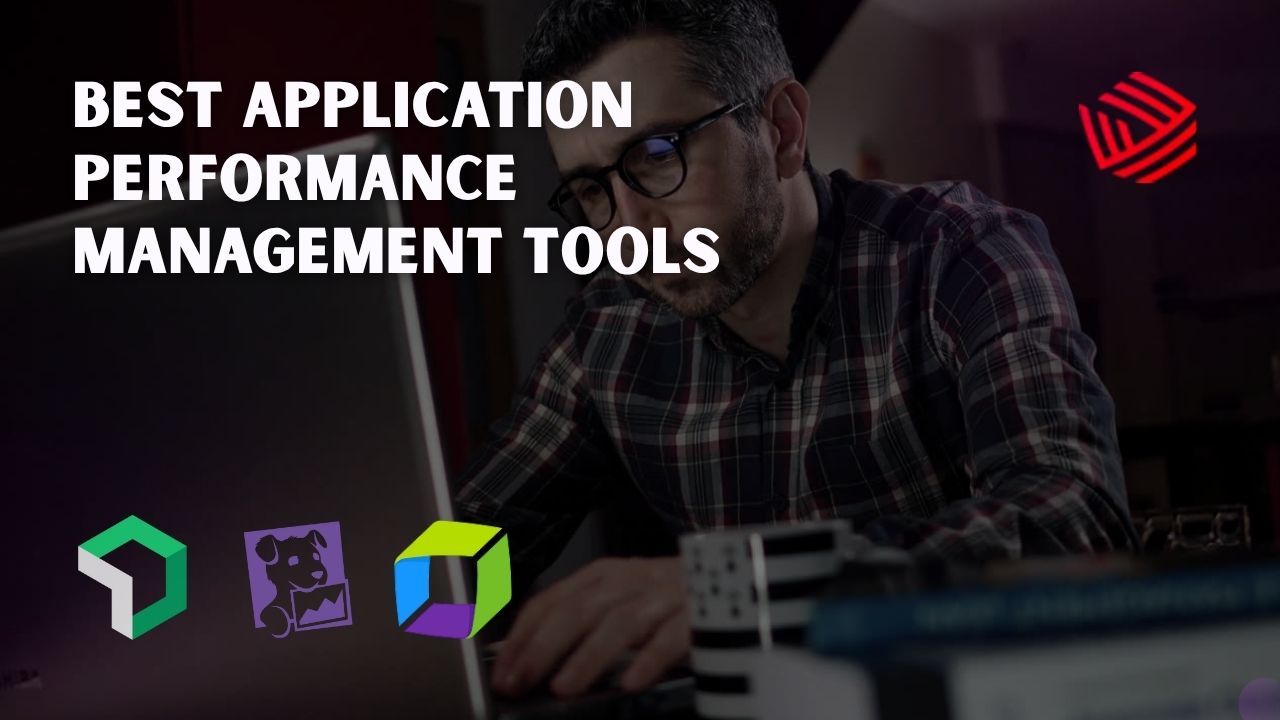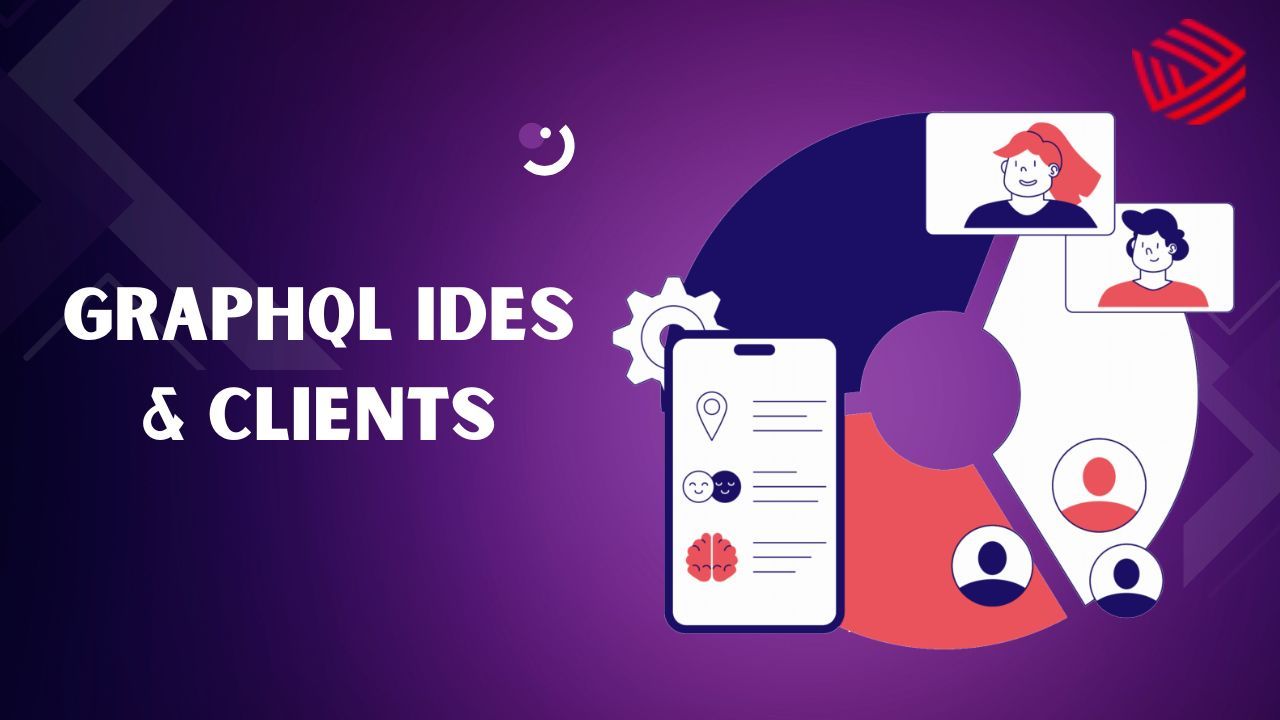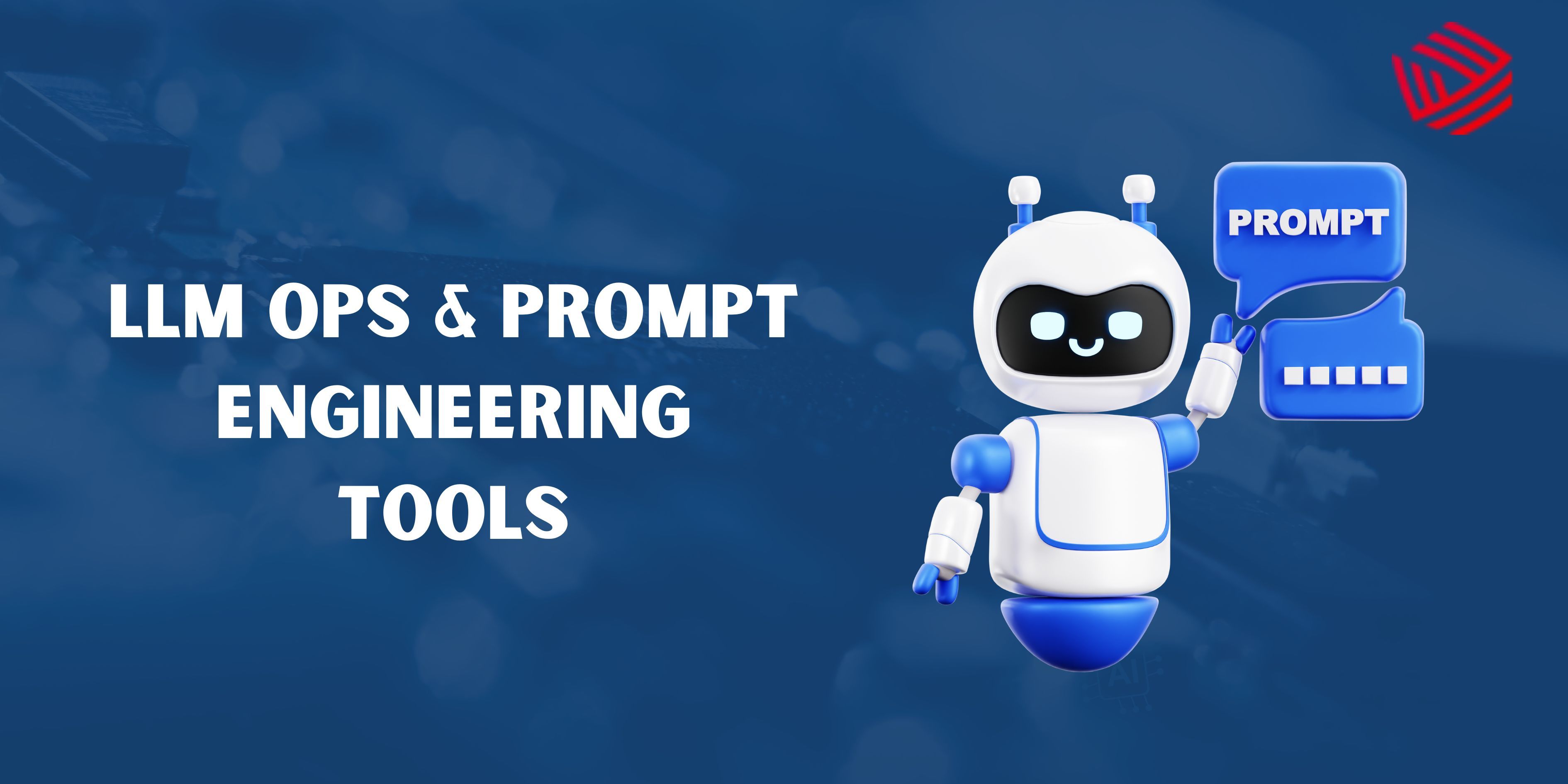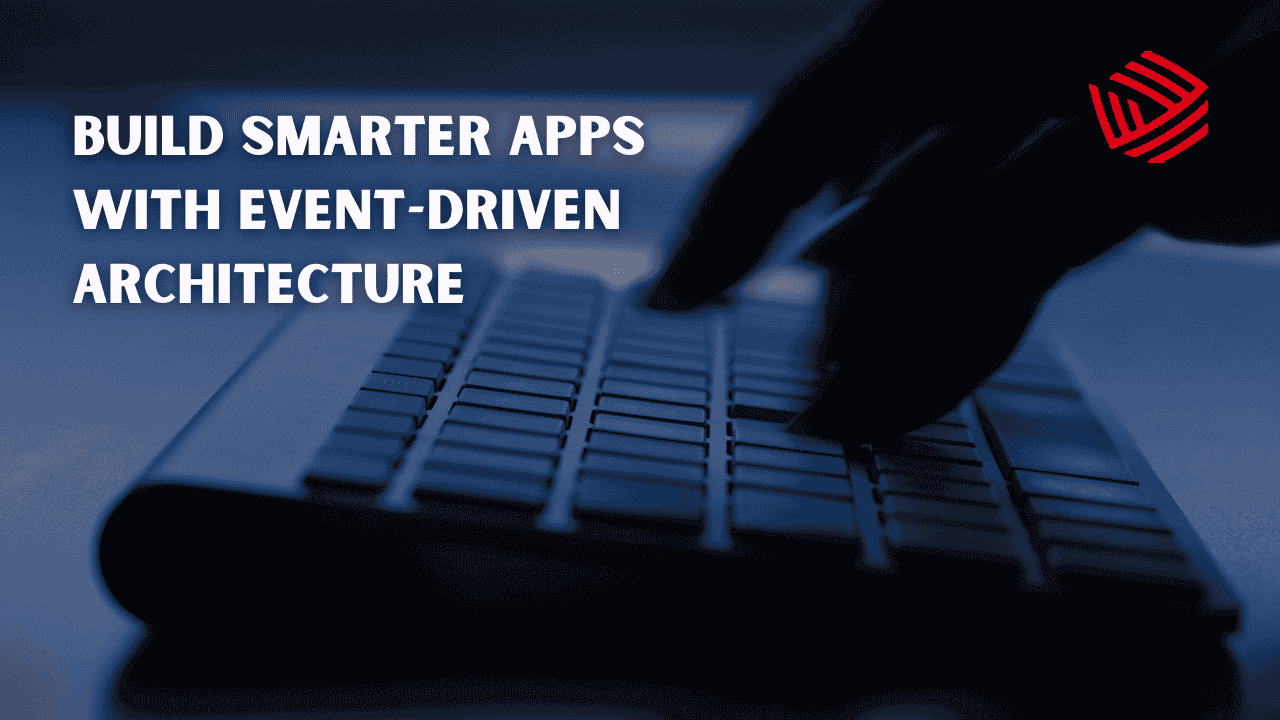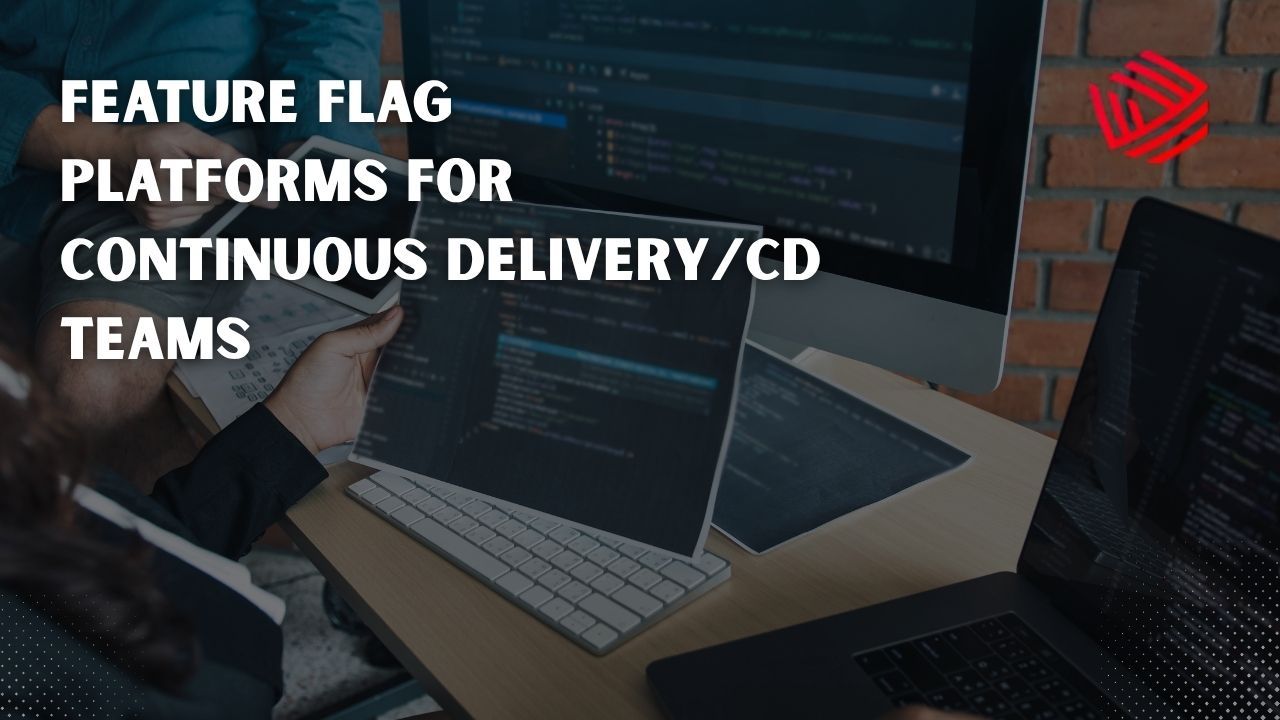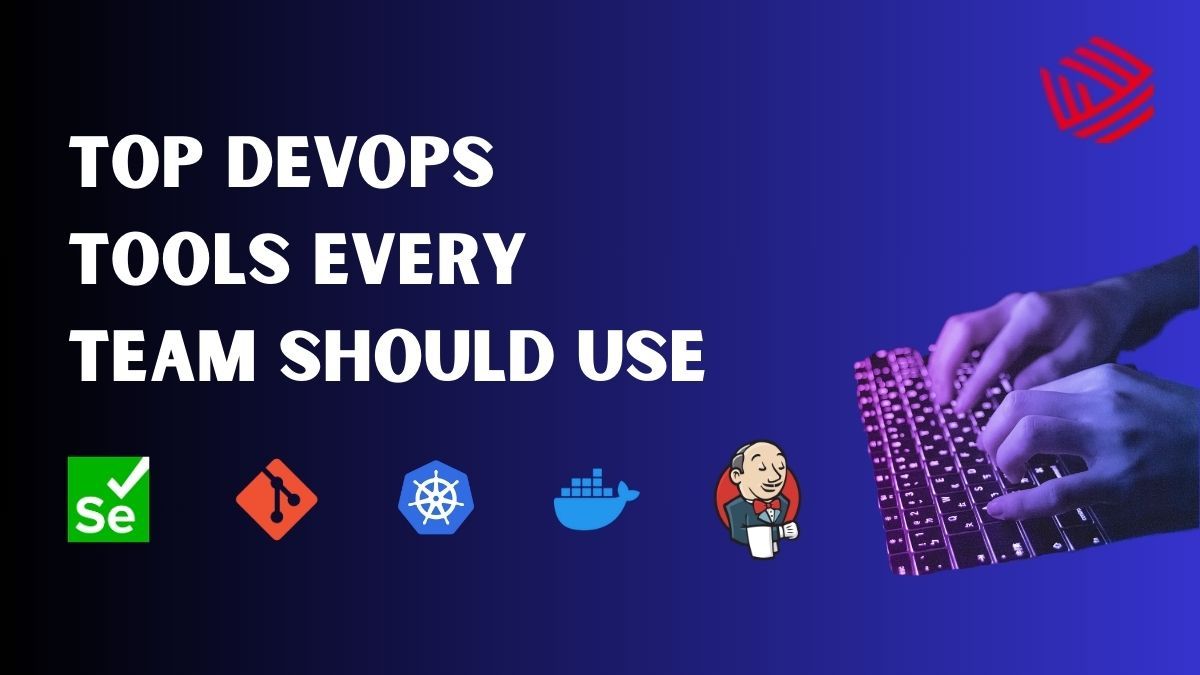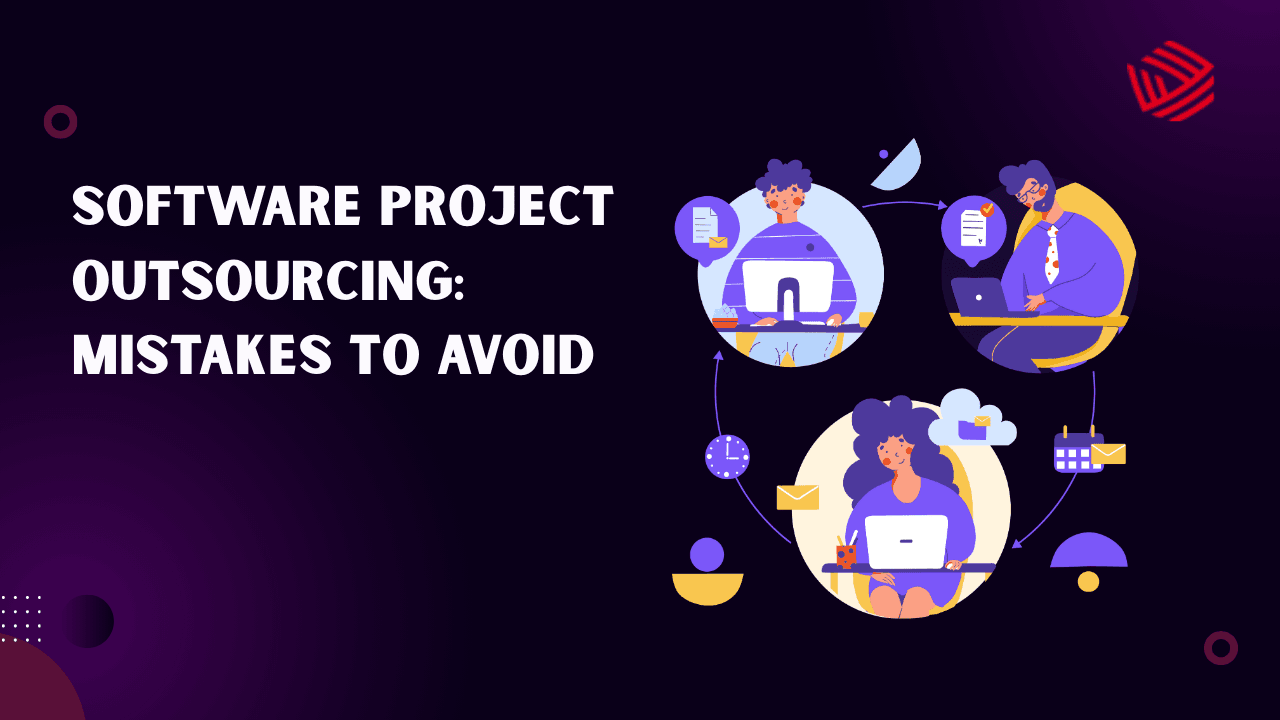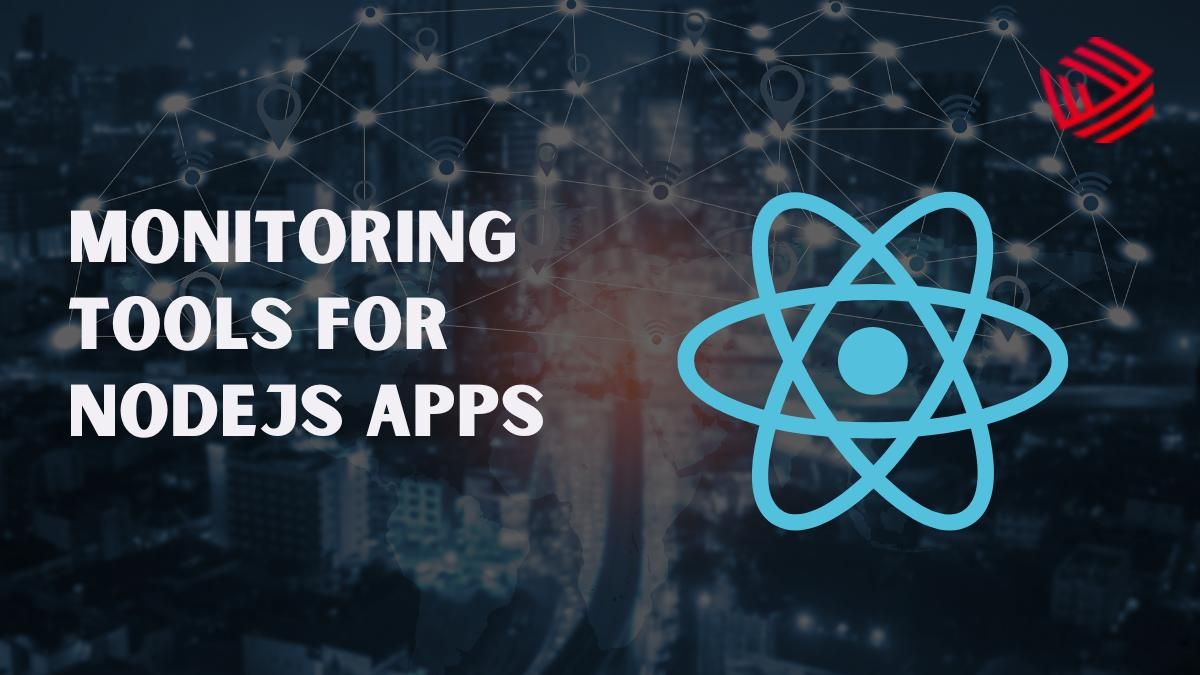In today’s software-driven world, what you ship is only as trustworthy as your supply chain. From open-source libraries to container images and CI/CD pipelines, every link in the chain introduces risk. Supply chain attacks—where adversaries compromise dependencies, build systems, or artifacts—have shown how devastating the impact can be.
For DevOps teams, ensuring velocity and security simultaneously means embedding protection across code, dependencies, builds, and releases. Tools that generate SBOMs (Software Bill of Materials), validate artifact integrity, scan transitive dependencies, and enforce policy as code are no longer optional—they’re essential.
Below are key categories of tools that every team should evaluate, followed by leading platforms in each area.
1. Software Composition Analysis (SCA) Tools
SCA tools scan dependencies (open-source and third-party) across your application, container images, and infrastructure manifests. They identify known vulnerabilities (CVEs), license compliance issues, and sometimes malicious or typosquatting packages. For DevOps teams, integrating SCA early in CI/CD enables blocking risky components before they reach production. Modern SCA vendors also provide context-aware risk scoring—so a vulnerable library that’s not actually used in reachable code might be deprioritized. This is critical for large codebases with deep dependency trees.
Example: A DevOps team building a Node.js-based microservice uses Snyk in their GitHub Actions pipeline. Each time a developer opens a pull request, Snyk automatically scans the package.json and container image, flags vulnerable dependencies, and even suggests version upgrades. This immediate feedback loop prevents critical CVEs from ever being merged and maintains security hygiene across fast-moving projects.
2. SBOM Generation & Artifact Integrity Tools
Creating a Software Bill of Materials (SBOM) is like creating a parts list for your application: you know what went into it and can audit any component later. Artifact integrity tools sign images, binaries, and packages so you can trace provenance and prevent tampering. Global standards like SPDX and frameworks like SLSA support this. For DevOps pipelines this means enabling transparent traceability—from source, through build, to deployed artifact. Teams should aim for immutable builds, code-signing, and auditing to counter supply chain threats.
Example: A cloud-native platform team uses Sigstore’s Cosign to sign every container image produced during CI builds. When these images are deployed to Kubernetes via Argo CD, the admission controller verifies their signatures before allowing deployment. This ensures that only trusted, verified artifacts are ever promoted to production — protecting against tampered builds or rogue releases.
3. Pipeline & Build Hardening Tools
The build and deployment pipeline itself is a frequent target. Hardening tools enforce policies in CI/CD, scan build definitions, vet dependencies, mandate MFA, and monitor pipeline anomalies or unauthorized changes. Teams that treat pipelines as part of the supply chain rather than just automation are better positioned to avoid infiltration and compromise. Pipeline hardening builds trust in the process: if builds are consistent, reproducible, and auditable, then delivered artifacts are reliable.
Example: A large enterprise using Jenkins and GitLab CI integrates Spacelift to enforce Infrastructure-as-Code policies and protect build pipelines. Every build must pass code-signing checks, use approved runners, and maintain immutable states. Spacelift automatically blocks configuration drift or policy violations—creating a hardened, auditable build pipeline where no unreviewed code can execute.
4. Runtime & Artifact Monitoring Tools
While prevention is key, detection remains vital. Runtime monitoring of deployed artifacts, container registries, package feeds, and build logs allows teams to catch supply chain anomalies post-deployment—whether it’s a newly discovered vulnerability, a compromised package, or a suspicious build change. Teams need solutions that alert automatically and integrate with their observability stack. Monitoring tools close the loop on supply chain security by turning reactive alerts into actionable workflows, aligning DevOps with DevSecOps.
Example: After deploying workloads to Kubernetes, a company integrates JFrog Xray with their container registry and runtime logs. When a new CVE appears in one of their base images, Xray detects it, notifies the DevOps team through Slack, and triggers a rebuild pipeline. This rapid feedback ensures newly discovered vulnerabilities are patched within hours, maintaining production integrity.
5. Policy-as-Code & Enforcement Platforms
To operationalize supply chain rules (e.g., “All images must be signed,” “No dependencies older than 90 days,” “SBOM must be produced”), policy-as-code platforms are crucial. These tools encode governance directly into CI/CD and build pipelines, providing automated checks and enforcement rather than relying on manual audits. By shifting left the policy controls, teams reduce risk and ensure consistency across environments.
Example: A SaaS company implements Open Policy Agent (OPA) integrated with their CI pipelines and Kubernetes clusters. Before each deployment, OPA validates policies such as “containers must use approved base images” and “ingress must enforce TLS.” This automatic validation step stops non-compliant deployments instantly—bringing compliance and security together in a frictionless DevOps workflow.
6. Threat Intelligence & Vulnerability Prioritization Tools
Beyond scanning and policies, threat intelligence platforms bring real-time vulnerability context into the DevOps workflow. These tools analyze exploit trends, vendor advisories, and active attack data to prioritize which vulnerabilities truly matter.
By combining SCA data with threat intelligence, teams can focus remediation on vulnerabilities being actively exploited rather than patching everything blindly. This saves developer time and ensures security resources are directed where they’ll have the most impact. Threat intelligence tools also improve communication between security and DevOps teams, translating raw data into actionable priorities.
Example: A DevOps team integrates an open-source threat intelligence aggregator (like a MISP-based feed) into their vulnerability dashboard. When a new CVE appears, the system enriches it with external context — such as exploit activity, threat actor chatter, and public advisories. The platform then assigns a contextual severity score and syncs it back to the issue tracker. This helps the team quickly identify which vulnerabilities pose real-world risks and prioritize patching based on active threat exposure.
Recommended Tools for Supply Chain Security
| Tool | Focus Area | Why It Stands Out |
|---|---|---|
| Snyk | SCA & developer-centric scanning | Developer-friendly UI and coverage of code, dependencies & containers. |
| Trivy | Lightweight SCA | Open-source, CI/CD friendly, ideal for container and IaC scanning. |
| JFrog Xray | Artifact scanning & repository security | Deep recursive scanning of binaries and licensing plus dependency risk. |
| ShiftLeft | Combined SAST/SCA with supply chain focus | Maps data flows & dependencies to detect supply chain flaws. |
| Sigstore / Cosign | Artifact signing & provenance | Enables code signing of packages and container images for integrity. |
| WhiteSource (Mend) | Open source security & license enforcement | Strong SCA, license compliance, and automated remediation. |
| OSV-Scanner | Dependency vulnerability alerts via OSV database | Ideal for open-source projects with large dependency trees. |
Best Practices for Implementing Supply Chain Security
- Start with inventory: know every dependency, image, library, and build input.
- Integrate SCA & SBOM generation at commit/build time for earliest detection.
- Enforce build pipelines: code-sign artifacts, audit changes, restrict anonymous access.
- Monitor continuously: alerts for new CVEs, malicious package promotions, and anomalous builds.
- Define and enforce governance through policy-as-code, not spreadsheets.
Conclusion
Securing the software supply chain is no longer a niche concern—it’s a core component of DevOps maturity. The right tools—from SCA scanners and SBOM generators to artifact signers and pipeline monitors—enable teams to build, ship, and run software with confidence. By treating the entire pipeline as part of the supply chain, DevOps teams can reduce risk, stay agile, and maintain resilience in the face of evolving threats. As organizations move toward AI-driven development and increasingly automated CI/CD pipelines, supply chain security will evolve from a defensive necessity into a proactive quality measure. Teams that integrate these tools now will not only prevent breaches but also lay the foundation for trustworthy, auditable, and future-proof software delivery.

